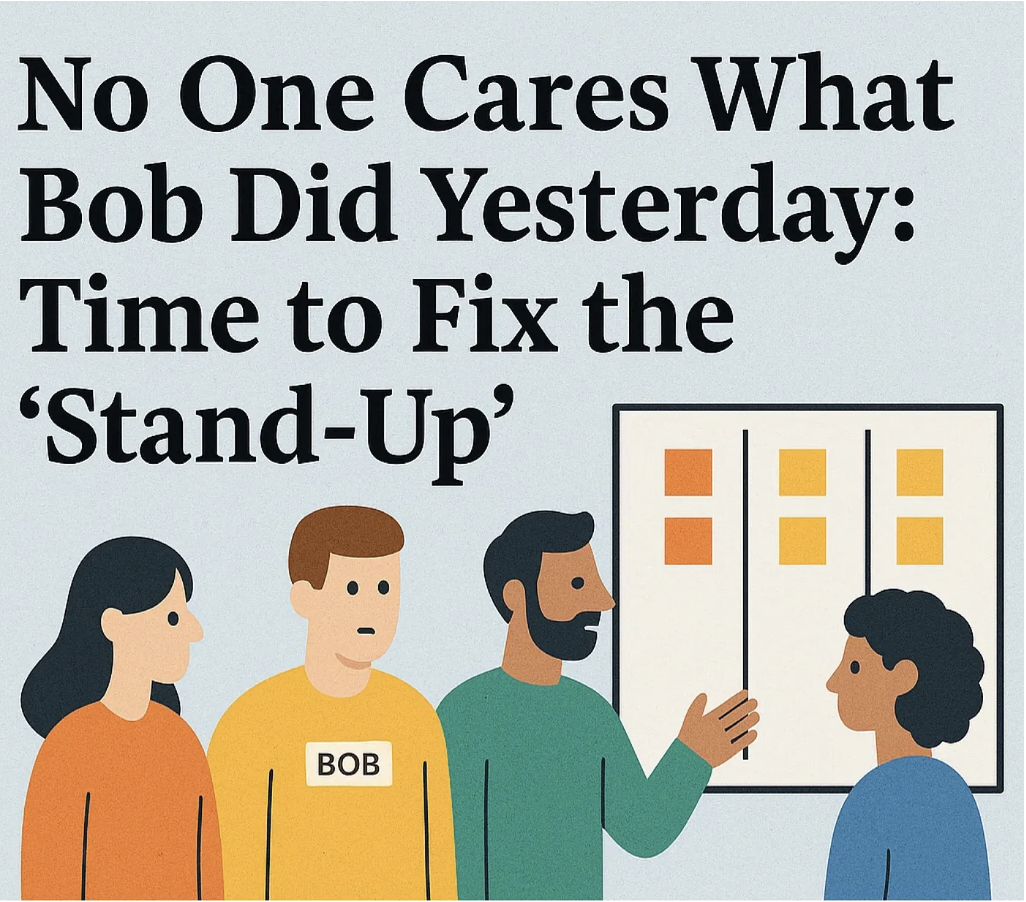What is Kanban?
The internet is probably filled with multiple definitions of Kanban. Most of them contradicting each other. It also seems that most folks have their own (mis)understanding of what Kanban is. We, at ProKanban.org, base our understanding of Kanban both on classic texts (works of Dr. Little, Shewhart, Deming etc.) as well as our own day to day practice and application of these concepts. This understanding is represented by two documents -
- The Kanban Guide - A text that describes Kanban in a more formal manner. It explains the base principles and practices that constitute a Kanban system.
- The Kanban Pocket Guide - This guide has a much more practical slant to it. It helps the reader understand how to put the concepts in The Kanban Guide into practice.
A Four Letter Word
What Kanban is really about is a 4-letter f-word: FLOW. It is the flow that ensures that we are able to deliver value continuously to our customers. It is the observation of problems in flow that help us retrospect and improve the process. It is the active management of flow that ensures that the system does not break down, and if it does break, we learn how to recover. Kanban can be used to expose the flow (or lack thereof) of work at any level of the organization. The simplest examples being people using personal Kanban to reduce their WIP and increase both focus and flow. The most complex examples are large companies managing their entire portfolio of products on a single board.
In every example of Kanban, we are focussed on the same thing - FLOW. We are visualizing, managing and improving the flow of value to our customers. Kanban is a strategy to become more efficient, effective and predictable with your flow. Visualizing your work, paying attention to your metrics, creating and adjusting your policies are all in service of FLOW.

Myths and Misunderstandings
There are numerous myths around what exactly Kanban is. The most common one being that it is a visual work tracking system - If you put a bunch of post-its on a white board or some virtual cards on an electronic board, you are doing Kanban. This is a myth that is easily debunked once people see an actual Kanban system in action. A well-defined Kanban system is one where items of value flow through workflow stages, actively managed to ensure fast feedback. This includes not just feedback on the value items but also feedback on the process itself. Kanban is a strategy for learning what is not working well as quickly as possible.
Once you get past the "stickies on a board" myth, folks quickly move on to "Kanban is all about charts and metrics". Wrong! Kanban is, about using the information that your system is producing to continuously improve that system. It is ensuring that we are able to get work done while balancing efficiency, effectiveness and predictability. All the charts and metrics in the world will not help you if you are not taking advantage of them to continuously improve your system. It is this relentless pursuit of improvement that makes a Kanban system stand out.
Another common myth is that Kanban is only for certain types of work. We would argue that Kanban can be applied to enhance any system where value is being delivered to a customer. If there is an idea, or some raw material which needs to go through one or more steps in order to become valuable to a customer, you can most likely apply Kanban. You can apply Kanban to green field projects, maintenance work, education, marketing, building cars, planning a wedding, assembling furniture...almost anything.
Further Reading
As mentioned above, the more formal definition of Kanban is available via The Kanban Guide.
If you would rather listen/watch than read the Kanban guide, ProKanban.org's Small Batch Kanban YouTube channel has a playlist of videos which cover the guide as well.
The Kanban Pocket Guide is available as a pdf and also as a set of blog posts. The chapters are broken out as separate posts on the ProKanban.org website. Here is a listing of the blog posts -
Chapter 1 - The Single Most Important Part of Kanban
Chapter 2 - The Service Level Expectation
Chapter 3 - Actively Managing Items in a Workflow
Chapter 4 - Defining and Visualizing a Workflow
Chapter 5 - Improving a Workflow to Optimize for Flow
Chapter 6 - The Basic Metrics of Flow
Chapter 7 – Unleashing the True Power of Kanban
Chapter 8 – Thoughts On How To Get Started
Epilogue – Professionalism and ProKanban.org
There are multiple other learning resources that have been curated for you by the ProKanban community. You can find them here.


